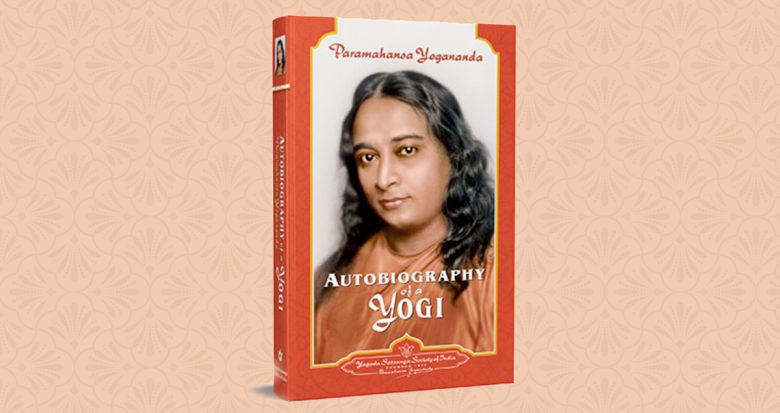An autobiography is a written account of a person’s life, usually told by that person. There are different formats for autobiographies, depending on the purpose of the autobiography and the audience it is meant for.
One common format for an autobiography is the chronological format. This format tells the story of the person’s life in the order it happened, starting with the person’s birth and ending with the present day. This format can be helpful for readers who want a complete overview of the person’s life.
Another common format for an autobiography is the topical format. This format tells the story of the person’s life by focusing on a certain theme or topic. This format can be helpful for readers who want to learn more about a specific topic in the person’s life.
There are also different formats for autobiographies that are meant for specific audiences. For example, an autobiography written for a school assignment might have a different format than an autobiography written for a family member.
No matter what format an autobiography is written in, it should always be clear and concise. The author should focus on the most important events and details in their life, and leave out anything that is not important or relevant.
What are the 4 types of autobiography?
An autobiography is a self-written account of a person’s life. There are four different types of autobiography: the chronological, the topical, the thematic, and the spiritual.
The chronological autobiography is the most common type. It tells the story of a person’s life in the order in which it happened. The topical autobiography is written about a specific topic, such as a person’s life as a musician or an artist. The thematic autobiography focuses on a particular theme, such as a person’s experiences with love or loss. The spiritual autobiography tells the story of a person’s journey toward spiritual understanding.
What are the 3 parts of autobiography?
An autobiography is a book-length account of a person’s life written by that person. The three main parts of an autobiography are the introduction, the body, and the conclusion.
The introduction is where the author introduces themselves and their story. They might talk about why they decided to write an autobiography, and what inspired them to tell their story. They might also talk about their family and upbringing, and how those experiences have shaped them as a person.
The body of the autobiography is where the author tells their life story. They might talk about their childhood, their education, their work life, their relationships, and any other significant events that have happened in their life.
The conclusion is where the author sums up their life story and reflects on it. They might talk about what they have learned from their experiences, and what they would do differently if they could go back in time. They might also talk about what they hope readers will take away from reading their autobiography.
How do you write an autobiography format?
An autobiography is a written account of a person’s life. It can be a great way to preserve your personal history and share your life story with future generations. When writing your autobiography, there are a few things to keep in mind.
The first step is to decide on the format for your autobiography. There are a few different formats you can choose from:
chronological – This format tells the story of your life in chronological order, starting with your earliest memories and ending with the present day.
thematic – This format tells the story of your life through a specific theme or topic, such as “growing up with a disability” or “my journey to becoming a writer.”
cyclical – This format tells the story of your life in reverse, starting with the present day and going back to your earliest memories.
Once you’ve decided on the format for your autobiography, you can start writing. Be sure to include all the important details of your life, such as your family, childhood, education, career, and personal life. You can also include photos, documents, and other memorabilia to help illustrate your story.
When you’re finished writing your autobiography, be sure to have it edited and proofread for accuracy and clarity. Then, you can proudly share your life story with the world!
Autobiography format for students
An autobiography is a written account of someone’s life, usually written by the person themselves. autobiography format for students is slightly different than for adults, as it may be written for a school assignment or other purpose. There are a few basic steps to follow when writing an autobiography, which are outlined below.
The first step is to decide on the purpose of the autobiography. Is it for a school assignment, a personal project, or something else? Once the purpose is established, the focus of the autobiography can be determined.
Next, gather information about the person’s life. This can be done by interviewing family and friends, looking through old photos and journals, and doing online research.
The goal is to compile as much information as possible so that the autobiography can be written in an interesting and accurate way.
Once all the information is collected, it’s time to start writing! The autobiography should be divided into chapters, each one focusing on a specific time period or event in the person’s life. Start with a brief introduction to provide context, and then proceed chronologically through the chapters. Be sure to include anecdotes and personal reflections to help readers understand the person’s experience.
The autobiography should be proofread and edited for grammar, spelling, and accuracy before it is submitted or published.
Autobiographies can be a fun way for students to learn more about their family history and themselves. They can also be a valuable resource for research projects. By following the steps outlined above, students can create an interesting and informative autobiography that will be enjoyed by readers of all ages.
Autobiography format example
An autobiography is a written account of someone’s life. It can be a personal story, a family history, or a record of an event. autobiographies can be written by anyone, from any walk of life. There is no one format for an autobiography. However, there are some elements that are typically included in an autobiography.
The first section of an autobiography is typically about the author’s early life. This section may include information about the author’s family, childhood, education, and early work experiences.
The next section of an autobiography typically focuses on the author’s adult life. This section may include information about the author’s career, relationships, and major life events.
The autobiography may also include a section about the author’s thoughts and feelings about life. This section may include the author’s reflections on their experiences and what they have learned from them.
An autobiography can be a very personal and revealing account of someone’s life. It can provide insight into the author’s thoughts, feelings, and experiences. It can also be a valuable source of information about important events and people in history.



